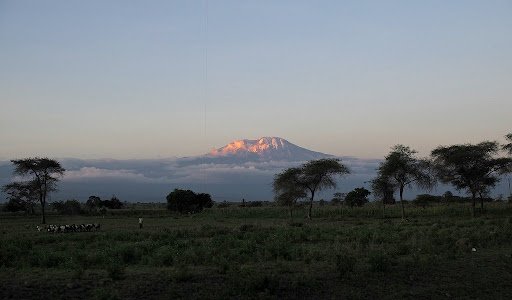The Environmental Analysis in Tanzania
As of 2020, 37.3% of the land area is Forest. 14.3% of the land area was reported in 2018 as arable land, permanent crops made up 2.3%, and permanent pasture 27.1% combined with 43.7% of land area as agricultural land.
Environmental impacts in Tanzania
The Urban population in 2022 is 36.7% of the total population with an estimated 4.89% annual rate of urbanization change between 2020-2025.
- As of 2017, Annual freshwater withdrawals were 5.184 billion cubic meters with .025 billion for industrial use, 3.6 billion for municipal use, and .527billion for agricultural.
- 32.8% of the energy produced by Algeria is through fossil fuels.
- 39.9% of the population has access to electricity according to World Bank (2020) with 71% of the urban population and 23% of the rural population with access to electricity. 65% of the energy produced by Algeria is through fossil fuels.
- Tanzania varies from tropical along the coast to temperate in the highlands.

International Environmental agreements are Biodiversity, Climate Change, Climate Change-Kyoto Protocol, Climate Change-Paris Agreement, Comprehensive Nuclear Test Ban, Desertification, Endangered Species, Hazardous Wastes, Law of the Sea, Marine Dumping-London Convention, Nuclear Test Ban, Ozone Layer Protection, Ship Pollution, Wetlands, Whaling.
Negative effects on Environment
- Environmental issues are: water pollution; improper management of liquid waste;
- Indoor air pollution caused by the burning of fuel wood or charcoal for cooking and heating is a large environmental health issue;
- Soil degradation, deforestation, desertification, and destruction of coral reefs threaten marine habitats,
- Wildlife threatened by illegal hunting and trade, especially for ivory; loss of biodiversity; solid waste disposal
- Co2 emissions for Tanzania in 2020 were .21 metric tons per capita in Co2 emissions and vastly below the continent’s average of roughly 1 metric ton per capita(2020). In absolute terms, Algeria ranked 40themitting 11.491 million metric tons of CO2 emissions in Africa in 2020.
- As of August 2022, Tanzania reported a total of 39,440 covid cases with 26,200,000 of the population with at least one covid vaccine dose.
- Municipal solid waste generated annually 9,276,995(2012) metric tons.


